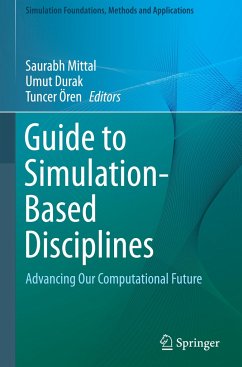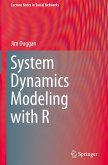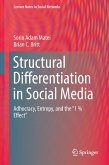This invaluable text/reference reviews the state of the art in simulation-based approaches across a wide range of different disciplines, and provides evidence of using simulation-based approaches to advance these disciplines. Highlighting the benefits that simulation can bring to any field, the volume presents case studies by the leading experts from such diverse domains as the life sciences, engineering, architecture, arts, and social sciences.
Topics and features: includes review questions at the end of every chapter; provides a broad overview of the evolution of the concept of simulation, stressing its importance across numerous sectors and disciplines; addresses the role of simulation in engineering design, and emphasizes the benefits of integrating simulation into the systems engineering paradigm; explains the relation of simulation with Cyber-Physical Systems and the Internet of Things, and describes a simulation infrastructure for complex adaptive systems; investigates howsimulation is used in the Software Design Life Cycle to assess complex solutions, and examines the use of simulation in architectural design; reviews the function and purpose of simulation within the context of the scientific method, and its contribution to healthcare and health education training; discusses the position of simulation in research in the social sciences, and describes the simulation of service systems for simulation-based enterprise management; describes the role of simulation in learning and education, as well as in in military training.
With its near-exhaustive coverage of disciplines, this comprehensive collection is essential reading for all researchers, practitioners and students seeking insights into the use of various modeling paradigms and the need for robust simulation infrastructure to advance their field into a computational future.
Topics and features: includes review questions at the end of every chapter; provides a broad overview of the evolution of the concept of simulation, stressing its importance across numerous sectors and disciplines; addresses the role of simulation in engineering design, and emphasizes the benefits of integrating simulation into the systems engineering paradigm; explains the relation of simulation with Cyber-Physical Systems and the Internet of Things, and describes a simulation infrastructure for complex adaptive systems; investigates howsimulation is used in the Software Design Life Cycle to assess complex solutions, and examines the use of simulation in architectural design; reviews the function and purpose of simulation within the context of the scientific method, and its contribution to healthcare and health education training; discusses the position of simulation in research in the social sciences, and describes the simulation of service systems for simulation-based enterprise management; describes the role of simulation in learning and education, as well as in in military training.
With its near-exhaustive coverage of disciplines, this comprehensive collection is essential reading for all researchers, practitioners and students seeking insights into the use of various modeling paradigms and the need for robust simulation infrastructure to advance their field into a computational future.
"There are many interesting quotations in the book. The author and subject indices are helpful. The book has many illustrations, including some in color. The book will be a helpful guide for understanding the importance of simulation in various disciplines." (S. V. Nagaraj, Computing Reviews, June, 2018)








